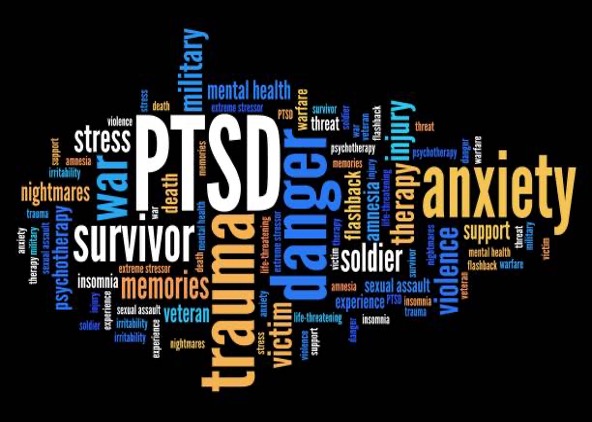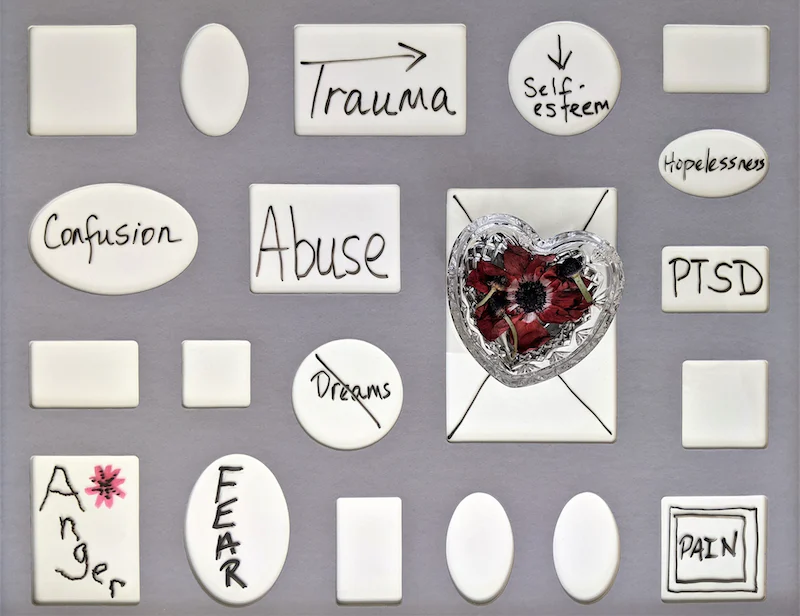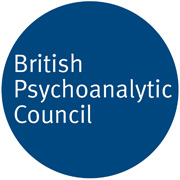
What is Attachment-Informed EMDR?
“Trauma is the internal wound, not the external event.”
-Dr Gabor Mate
Attachment-informed EMDR (AI-EMDR) is a comprehensive approach to healing that addresses the complex relationship between trauma, attachment, and relational dynamics, promoting long-term resilience and well-being. It offers a holistic approach to therapy by integrating insights from attachment theory with the transformative power of EMDR, focusing on addressing attachment-related wounds by reprocessing traumatic memories within the context of the client's attachment experiences. This may involve addressing feelings of abandonment, rejection, criticism or betrayal, as well as negative beliefs about oneself and others that are often central to attachment-related traumas.

The Effectiveness of EMDR (and Virtual EMDR) on the Treatment of Trauma and Other Mental Health Conditions
“The past affects the present even without our being aware of it.”
— Francine Shapiro
EMDR stands for Eye Movement Desensitization and Reprocessing, which was developed by Francine Shapiro. It is a psychotherapy approach primarily used to treat post-traumatic stress disorder (PTSD) resulting from traumatic events, such as sexual assault, car accidents, and witnessing or experiencing violence. It is also effective for individuals struggling with other forms of trauma, including childhood abuse or neglect, as well as a range of other mental health difficulties, including anxiety, depression, complex grief, chronic pain, panic attacks and phobias.

The link between Attachment Trauma and Complex PTSD
Read more: The link between Attachment Trauma and Complex PTSD

The link between Developmental Trauma and Complex PTSD
Psychoanalyst Alfred Adler once said, “A lucky person's lifetime is cured by childhood, while an unlucky person's lifetime is spent curing childhood.”
When a person’s lifetime is spent curing childhood, they may have experienced childhood trauma, or developmental trauma, which is often a result of multiple exposures to adverse childhood experiences, for a prolonged period, such as physical, emotional, or sexual abuse, neglect, abandonment or witnessing domestic violence or death. In the early years of life, children need a safe and secure environment and loving and attentive caregivers for their brains to grow in a healthy and normal sequence.
Read more: The link between Developmental Trauma and Complex PTSD

Understanding Complex Post-Traumatic Stress Disorder (CPTSD)
Most people are familiar with the PTSD term; however, they do not know what CPTSD means. When someone is exposed to multiple, chronic, prolonged, and/or developmentally adverse traumatic events which they cannot escape, most often of an interpersonal nature (e.g. childhood sexual, physical, and emotional abuse and/ or neglect; torture, domestic or community violence; living in a war zone; being a victim of human trafficking, exposure to persistent bullying or narcissistic abuse), they are at high risk of developing CPTSD. It is a somewhat recent diagnosis and there is not enough research evidence to say how common this condition is. However, it is estimated that it affects about 1% to 8% of the world population and has about 50% prevalence in mental health facilities.
Read more: Understanding Complex Post-Traumatic Stress Disorder (CPTSD)

Understanding post-traumatic stress disorder (PTSD)
If you are reading this article you may have, or think that you may have, symptoms of post-traumatic stress disorder and/or you are trying to find out information about what it is. Trauma is a more common experience than you may have thought, and it affects everyone differently. Did you know that most of us go through something distressing or traumatic in our lives, such as grief, loss, childbirth, medical emergency, an accident, or any other life changing events, which may have a short or long-lasting impact, but not all of us will go on to develop PTSD? It is estimated that about 50-70% of people will experience at least one or two distressing or traumatic events at some point in their lives and about 6 out of every 100 people will go on to develop post-traumatic stress-disorder.









